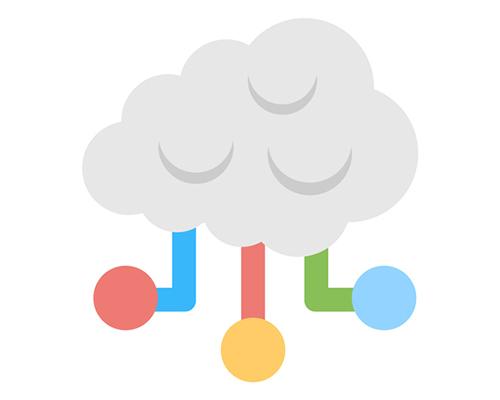How Legacy Tech Systems Are Innovating Retail
After a truly disruptive year, U.S. retailers are struggling to adapt to the pandemic. Economic uncertainties and forced closures have also had serious financial implications on the industry.
Yet throughout this crisis, retail IT systems have been working on overdrive. Between demand for online shopping, integration with new systems, and 7.5 percent of retailers impacted by cybersecurity attacks, reliable IT infrastructures have become critical.
For many retailers, deficits caused by the pandemic have left them in a tough position: With increased demand on their IT systems, they can’t afford for them to crash. Many are also relying on legacy systems like IBM Z mainframes and IBM i, and are worried that they may not hold up to increased demand or new technology.
There is a reason why retailers have stuck to these systems for so long though: It’s powerful. The latest generation of IBM mainframe can run up to 19 billion encrypted transactions per day. We recently partnered with IDC for a whitepaper that demonstrates that businesses that continue to use these legacy systems are more satisfied and experience more benefits than those who decide to replatform.
Many organizations assume that they will gain increased capabilities when they replatform. But with IBM Z and IBM i remaining focused on releasing new tools to extend the power of legacy technology — including hybrid cloud integration, the Internet of Things and open source capabilities — retailers no longer need to replatform to modernize.
Instead we found that “businesses that replatformed were, across the board, less satisfied with the functionalities of the new platform.”
Businesses that choose to replatform are not always aware of the robust capabilities of legacy systems. Yet this is the reason mainframes continue to support some of our most essential industries, including the retail sector.
As these industries evolve, legacy systems are able to meet new demands — such as touchless payments and modern user interfaces — while ensuring that the IT infrastructure is secure and efficient.
Another common reason why businesses choose to replatform is that they expect modernization will be expensive. They assume that they will need to invest significantly to update their IBM Z or IBM I environments.
But when businesses actually consider all costs, modernizing amounts to less money spent than replatforming. Our research with IDC shows that when modernizers and replatformers invest the same amount in new hardware, within the $400,000 to $2 million range, modernizers pay less for software, staffing, third-party consulting, and disruption costs.
These are costs that many businesses may not initially consider. And with respect to the economic impact of the pandemic, many retailers will benefit from the lower costs associated with modernization.
With the retailer industry being forced to adapt quickly during the pandemic, having resilient platforms with low overhead and minimal hands-on management is increasingly important. Legacy systems are reliable, able to withstand large transaction volumes without risk of outages. On the other hand, rip-and-replace strategies risk unexpected outages or data loss, and these lost revenues could negate any potential cost savings from replatforming.
By having dependable systems already in place, retailers can improve brand reputation, deliver modern applications, and improve customer satisfaction. That’s why so many businesses continue to rely on legacy systems. When these systems are maintained, updated, and modernized, retailers have time to innovate new experiences, creating benefits for them and their customers.
Jeff Winter is the chief marketing officer at Rocket Software. He has more than 20 years of experience in the IT market in strategy and marketing roles, and was previously global VP for marketing and communications for Pitney Bowes' software solutions business.





